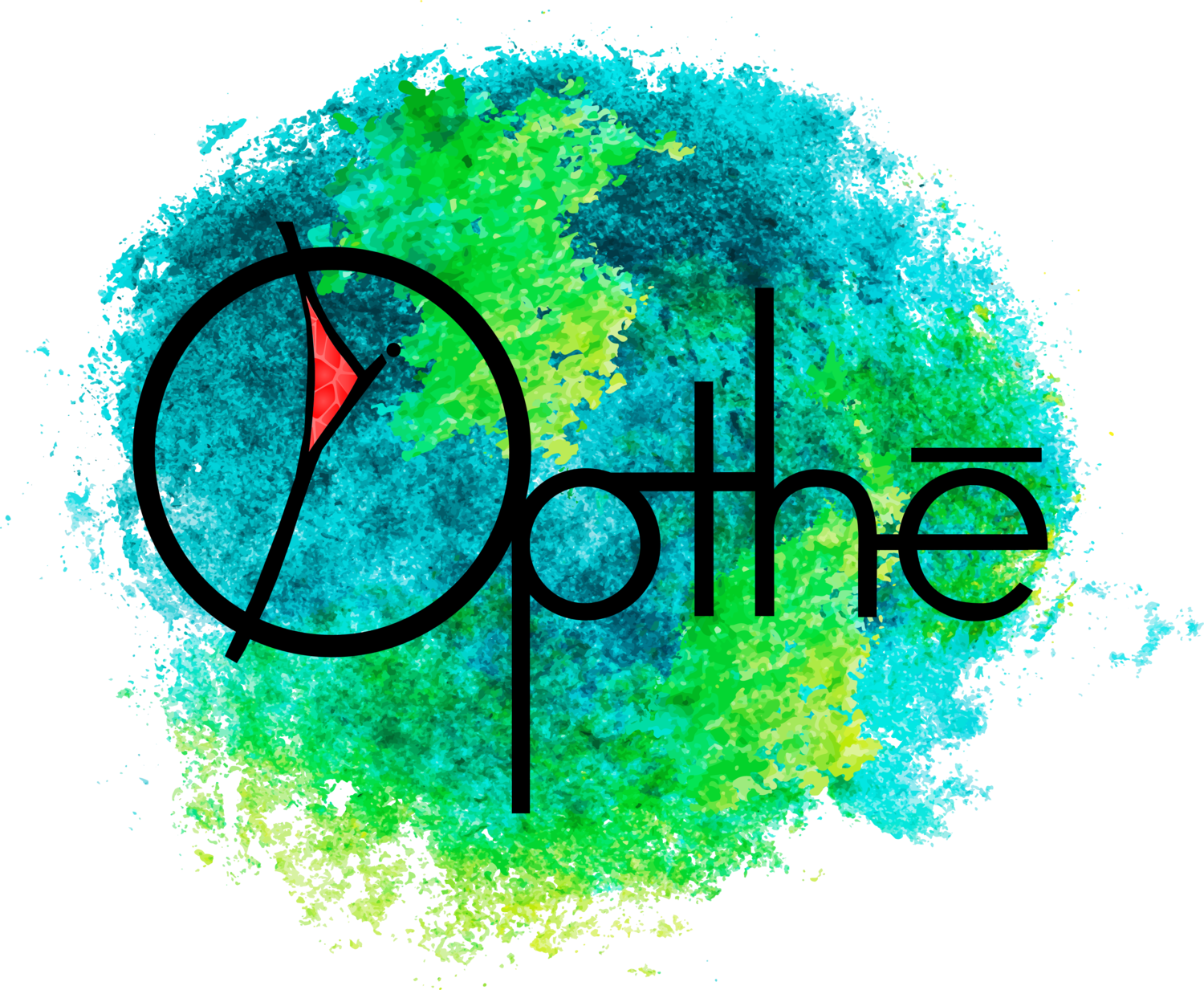The Stories we test and keep alive together
In everyday conversation, the word myth is often used to mean something false — a story we tell ourselves that isn’t real. But this is a shallow, modern misuse of the word.
A myth is not the opposite of truth. A myth is a vessel that carries truth — sometimes truths too large or layered to fit neatly into facts alone.
Every culture creates myths through the same religious process: gathering, testing, and refining meaning together. We encounter an event, a person, a pattern in nature, and we begin to tell the story of it. The telling changes in the retelling — shaped by memory, imagination, and the needs of the community. We ask: What does this mean for us? What does it teach us about how to live? What must we remember and pass on?
Only when a story has been tested in this communal way — told again and again until it binds the group together — does it become a myth. And from that point on, the process shifts from creation to preservation.
We surround the myth with the elements that keep it alive: rituals that re-enact it, symbols that point back to it, mottos that capture its heart, music and art that make it felt as well as known. We teach it to children, celebrate it in festivals, and inscribe it in our public spaces. The myth is not static — it can evolve — but its survival depends on this ongoing shared work.
The contents of a myth — its characters, settings, and events — are the “popcorn.” They may or may not be factual in the modern sense. But the bag that carries them is the meaning we have agreed they hold. A hero’s deeds may never have happened exactly as told, but the courage, sacrifice, or wisdom they embody is real in the life of the community.
We can each have personal stories that carry meaning for us, but a myth is not truly a myth until it is held in common. This matters because only shared stories can be tested against time, other perspectives, and the challenges of life. Alone, a story may inspire you for a season. Together, a myth can guide a people for centuries.
The danger comes when we forget that myths are communal creations meant to serve life. We may begin to treat the details as untouchable fact, defending them even when evidence tells us otherwise. Or we may discard a myth entirely when its details prove fictional, forgetting that the truth it carries may still be vital.
To know that myths are truth-carriers is to take responsibility for them. We must tend them, prune them, and sometimes reshape them so they continue to carry meaning that serves the well-being of the community. Myths are not relics to be sealed in glass; they are living vessels, meant to be handled, examined, and, when needed, repaired.
Because a myth is not a lie we tell ourselves. It is a truth we have chosen to remember — a shared meaning we keep alive through the ongoing work of telling it together.

